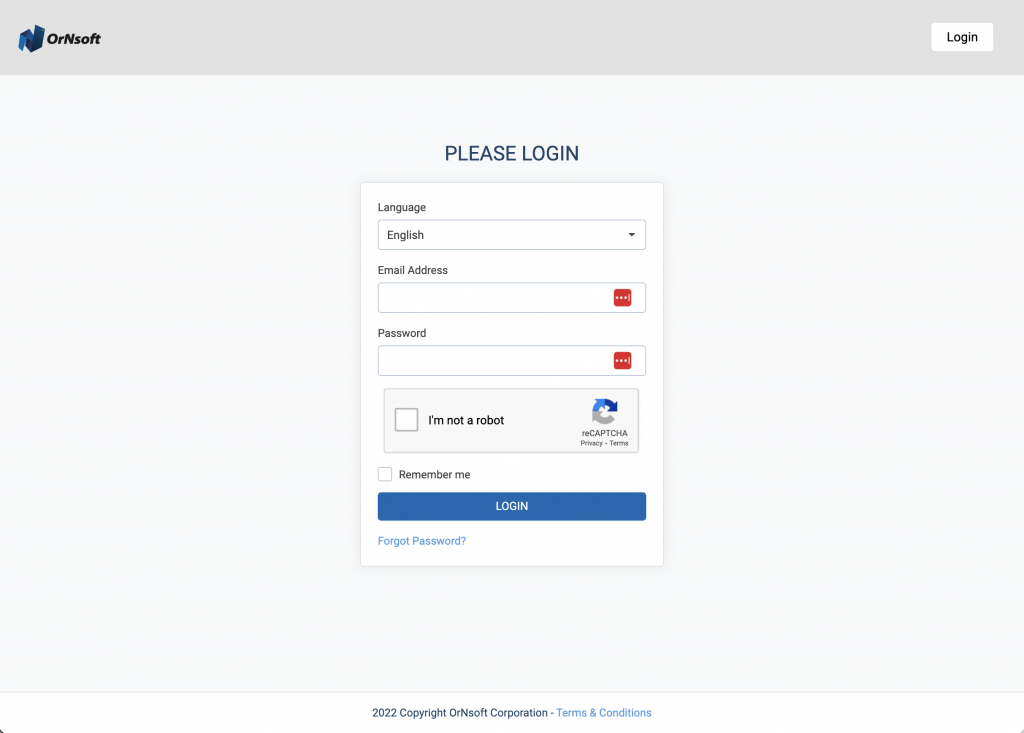Supervised and unsupervised learning are the processes that allow artificial intelligence to emulate the human behavior of studying data. As we covered in our last article, artificial intelligence involves both machine learning and deep learning. Now you may wonder, “How exactly do these machines analyze data to learn from these processes?”
Supervised Learning
Supervised learning, as the name suggests, works with the presence of a human supervisor providing feedback through the analysis process. The algorithm requires guidance and has “labels” associated with the data to give accurate results. Normally, it is given input and output variables to get the answer. Supervised learning works best when it knows what to look for, it’s a simpler method that works best with smaller data.
Supervised learning is categorized in two ways. One categorization, regression, is used to predict numerical values. This is also where the output variable is a real value (like future revenue or cash flow). Classification, the other categorization, estimates categorical values and can predict several conclusions.
Unsupervised Learning
Unsupervised learning, unlike its counterpart, does not need to be monitored by a human. Its speciality is to discover all sorts of unknown data, working on its own to discover information. There are two ways unsupervised learning treats data: clustering, which processes data and divides it into groups; and association, which discovers the relationships between variables in large databases.
________
The factors of your data that should be considered when choosing your model for data analysis should be structure and volume. Supervised learning will be your best bet if you are sure of the outcome. If you are unsure and want to develop some insights from a big data set, you should choose to use unsupervised learning. However, remember that unsupervised learning is not 100% accurate at first, but does get better with time.

